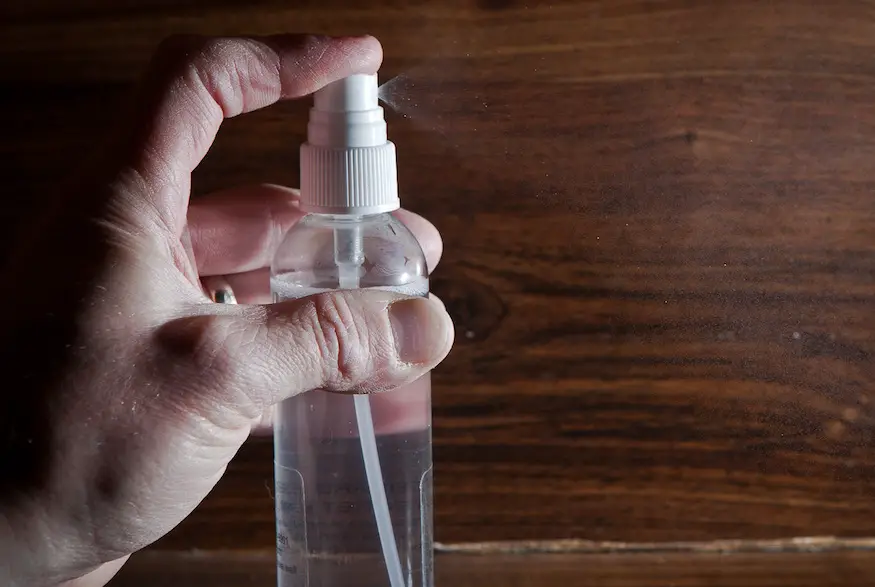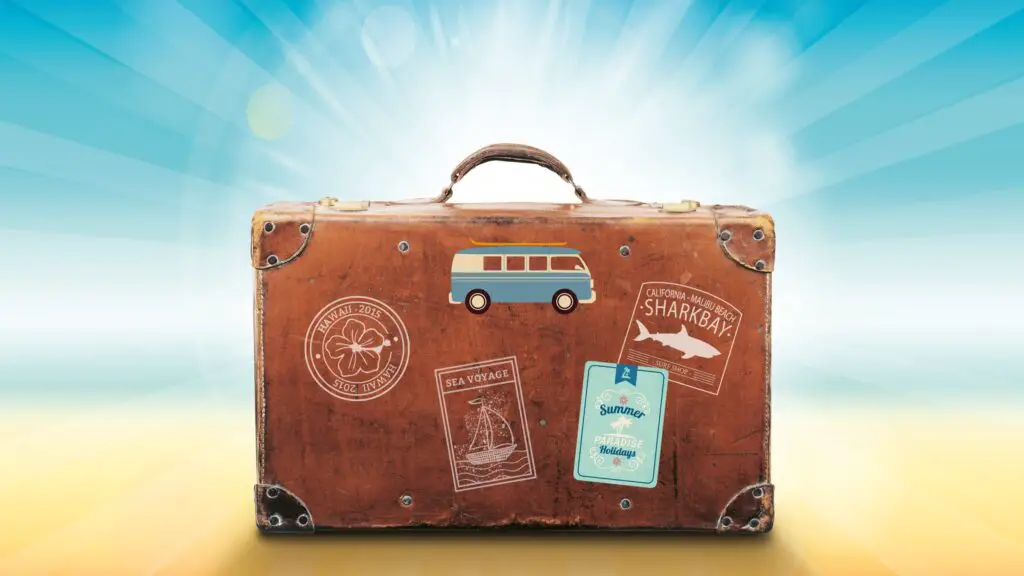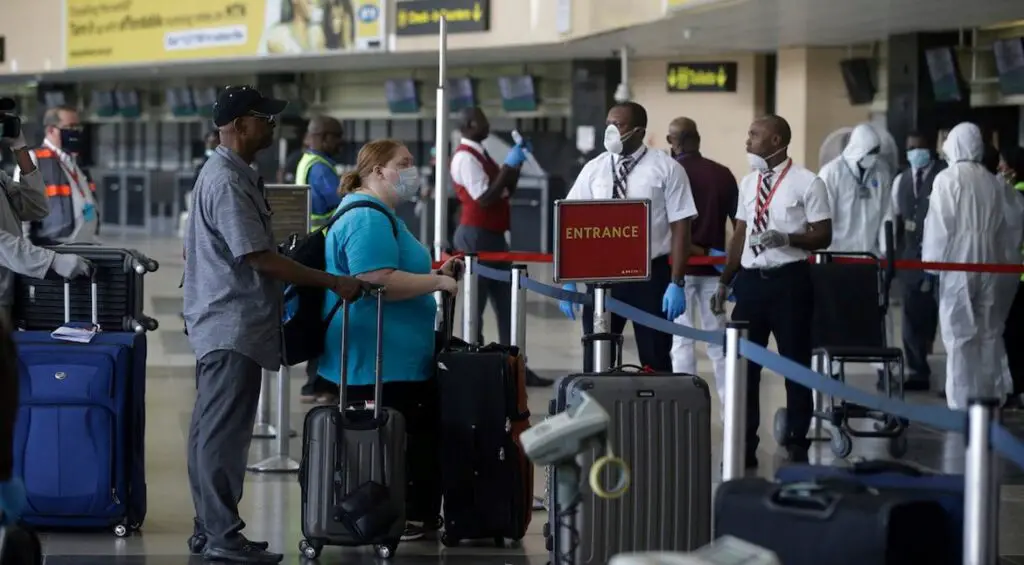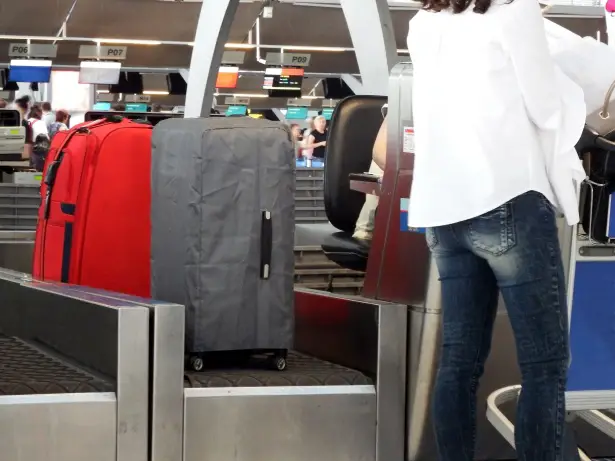Navigating the intricacies of air travel regulations can be a daunting task, especially when it comes to the quantity of liquids allowed in checked baggage. Understanding the limitations on how much liquid you can take on a plane in checked baggage is crucial for a smooth journey through airport security.
Airlines and aviation authorities have stringent rules in place to ensure the safety of passengers and crew. In this guide, we will delve into the specifics of these regulations, shedding light on the permissible amounts of liquids you can include in your checked luggage, helping you prepare for a hassle-free travel experience.
Importance of understanding liquid restrictions in checked baggage:
Understanding the importance of adhering to liquid restrictions in checked baggage is paramount for air travelers. These regulations are not arbitrary; rather, they are designed to maintain the safety and security of all passengers and aircraft.
Liquids, gels, and aerosols can pose potential risks, and strict guidelines are in place to prevent any security threats or hazards during flights.
Comprehending these restrictions ensures that travelers are well-prepared and can navigate through security checkpoints with ease, minimizing delays and avoiding the inconvenience of having items confiscated.
Furthermore, compliance with these rules contributes to the overall efficiency of airport operations and enhances the safety measures implemented by aviation authorities.
By recognizing the importance of understanding liquid restrictions in checked baggage, passengers actively contribute to the collective effort to maintain a secure and smooth air travel experience for everyone.
1. General Liquid Restrictions

Overview of liquid restrictions for both carry-on and checked baggage
When it comes to air travel, passengers must be well-versed in the regulations surrounding liquids to ensure a hassle-free journey. These restrictions apply to both carry-on and checked baggage, dictating the permissible amounts of liquids, gels, and aerosols that travelers can bring on board.
The overarching goal is to maintain aviation security and prevent potential threats posed by certain substances.
Whether it’s toiletries, beverages, or other liquid items, understanding the limits is crucial to avoid disruptions during security screening and to comply with international aviation standards.
Emphasis on differences between carry-on and checked baggage regulations
While the same principles generally apply to both carry-on and checked baggage, there are notable differences in the specific regulations for each. Carry-on restrictions, typically more stringent, require liquids to be stored in containers of 100 milliliters (3.4 ounces) or less, all fitting into a quart-sized clear resealable bag.
Checked baggage, on the other hand, allows larger quantities of liquids, but travelers must still adhere to certain guidelines to ensure safety.
It’s vital for passengers to recognize these distinctions to pack accordingly and avoid any issues during the security screening process.
Security concerns and reasons behind liquid restrictions baggage
The limitations on the quantity of liquids in checked baggage are rooted in security concerns and the ongoing efforts to mitigate potential threats.
Aviation authorities impose these restrictions to prevent the transportation of hazardous materials or substances that could compromise the safety of the aircraft and its occupants.
By understanding the reasons behind these regulations, passengers gain insight into the necessity of such measures and are better equipped to comply.
The focus on how much liquid can be taken in checked baggage underscores the importance of striking a balance between passenger convenience and ensuring the highest levels of aviation security.
2. Specifics of Liquid Allowance in Checked Baggage
Maximum volume allowed per containerd
Standard limits set by most airlines
Understanding the maximum volume allowed per container is essential for travelers packing liquids in checked baggage. Airlines typically enforce standard limits, restricting individual containers to 100 milliliters (3.4 ounces) or less.
Passengers should be mindful of these constraints to avoid issues during security checks and ensure compliance with airline policies.
Variations in restrictions among different airlines or countries
It’s crucial to note that liquid restrictions may vary among different airlines and countries. While many adhere to the standard international guidelines, some airlines or nations may impose additional restrictions or offer more lenient allowances.
Travelers should check with their specific airline and review destination-specific regulations to stay informed and prevent any surprises at the airport.
Types of Liquids Allowed
Differentiating between permissible and prohibited liquids
Passengers need to distinguish between liquids that are permissible and those that are prohibited in checked baggage.
Common toiletries like shampoo, conditioner, and lotions are generally allowed, while items like flammable liquids or corrosive substances may be prohibited. Familiarizing oneself with the list of acceptable liquids helps streamline the packing process and ensures compliance with aviation safety standards.
Special considerations for medications, baby formula, and other essential liquids
Certain liquids, such as medications, baby formula, and other essential items, are often exempt from strict volume limitations.
Travelers should be aware of these exemptions and follow specific procedures, such as declaring these items at security checkpoints or presenting documentation, to ensure a smooth passage through airport security.
Packaging Requirements
Emphasis on proper packaging to prevent leaks or spills
To prevent leaks or spills within checked baggage, proper packaging is crucial. Travel-sized containers should be tightly sealed, and additional precautions, such as placing items in sealed plastic bags, can add an extra layer of protection.
Adequate packaging not only ensures the integrity of the liquids but also helps maintain the condition of other items in the luggage.
Regulations for placing liquids within checked luggage
Understanding the regulations for placing liquids within checked luggage is paramount for travelers. While larger volumes of liquids are generally permitted in checked baggage compared to carry-on, it is imperative to adhere to specific guidelines.
Passengers should distribute liquids evenly within their luggage, ensuring containers are well-sealed and placed in a way that minimizes the risk of breakage or spillage during transit.
Familiarity with these regulations guarantees a smoother journey and avoids potential inconveniences at the airport.
3. Tips for Travelers

Packing strategies to maximize liquid allowances
To make the most of liquid allowances in checked baggage, travelers can employ strategic packing techniques. Consider consolidating smaller containers into a larger one to optimize space, and prioritize bringing essential liquids over non-essential ones.
By planning ahead and packing efficiently, passengers can ensure that their checked baggage contains the necessary liquids while staying within the prescribed limits.
Utilizing travel-sized containers effectively
When packing liquids in checked baggage, choosing the right travel-sized containers is crucial. Opt for containers that meet airline standards and are durable enough to withstand the rigors of air travel.
Additionally, travelers can purchase travel-sized versions of their favorite toiletries or invest in reusable, TSA-approved containers to minimize the risk of spills and leaks.
Recommendations for avoiding common mistakes and potential issues
Understanding the regulations surrounding liquid allowances in checked baggage is paramount for avoiding common mistakes and potential issues. Travelers should carefully review airline policies and destination-specific rules to stay informed about any variations in liquid restrictions.
It’s advisable to double-check the seals on liquid containers and secure them in leak-proof bags to prevent spills. Being aware of the maximum volume allowed per container is crucial to prevent unnecessary inconveniences during security checks.
By staying informed and adhering to these recommendations, passengers can navigate the complexities of liquid restrictions with ease, ensuring a seamless and stress-free travel experience.
4. Exceptions and Special Cases
Liquids purchased at duty-free shops
Travelers often wonder about the fate of liquids purchased at duty-free shops when it comes to checked baggage. Fortunately, many airports allow passengers to carry duty-free liquids in their checked luggage, even if they exceed the usual volume restrictions for carry-on items.
However, it’s essential to adhere to specific regulations and guidelines set by both the duty-free shop and the departing airport.
These exceptions provide a convenient way for passengers to transport larger quantities of liquid purchases without sacrificing the items they acquire during their travels.
Additional considerations for connecting flights
When embarking on a journey with connecting flights, passengers must be mindful of the regulations and potential variations in liquid restrictions at each airport. Some airports may have specific rules governing liquids in checked baggage that differ from others.
To navigate these differences seamlessly, travelers should review the policies of both departure and connecting airports, ensuring compliance with all relevant regulations.
Staying informed about any changes or variations in liquid restrictions during connecting flights helps prevent last-minute inconveniences.
Policies for transporting liquids in special circumstances
Special circumstances, such as medical needs or transporting essential liquids, may warrant exceptions to standard liquid restrictions in checked baggage.
Airlines often accommodate passengers with medical conditions by allowing larger volumes of necessary liquids, such as prescription medications or baby formula.
To benefit from such allowances, passengers should communicate their specific requirements with the airline in advance and be prepared to provide any required documentation.
5. Checking with Airlines and Authorities

The importance of checking individual airline policies
One of the crucial steps for travelers seeking clarity on how much liquid they can take on a plane in checked baggage is to review the specific policies of the airline they are flying with.
Each airline may have its own set of regulations regarding liquid allowances, packaging requirements, and exceptions.
It is imperative for passengers to visit the official website of the airline or contact their customer service to access the most accurate and up-to-date information.
By doing so, travelers can avoid misunderstandings, adhere to the rules in place, and ensure a smooth check-in and security screening process.
Consulting relevant aviation authorities for the latest updates
In addition to checking individual airline policies, it is advisable for travelers to consult relevant aviation authorities for the latest updates and overarching guidelines.
These authorities, such as the International Civil Aviation Organization (ICAO) or the Transportation Security Administration (TSA) in the United States, often provide comprehensive information on air travel regulations.
By accessing official sources, passengers can stay informed about any recent changes, regional variations, or special directives related to liquid allowances in checked baggage.
Keeping abreast of such updates ensures that travelers are well-prepared and compliant with the most current aviation standards, contributing to a seamless and stress-free travel experience.
Related Topics:
Conclusion
understanding how much liquid you can take on a plane in checked baggage is an essential aspect of air travel preparation. The regulations surrounding liquid allowances serve a critical purpose in ensuring the safety and security of passengers and aircraft.
As we explored the general restrictions, specifics of liquid allowances, tips for travelers, and exceptions to the rules, it is clear that a well-informed approach is key to a smooth journey.
By adopting effective packing strategies, utilizing appropriate containers, and staying aware of airline policies and global aviation standards, passengers can navigate these regulations with confidence.
Regularly checking for updates from both individual airlines and relevant aviation authorities enhances preparedness and contributes to a hassle-free travel experience.
Ultimately, a conscientious understanding of how much liquid is allowed in checked baggage empowers travelers to comply with regulations, avoid common pitfalls, and embark on their journeys with ease.
FAQs
How much liquid can I pack in my checked baggage?
Airlines generally allow larger quantities of liquids in checked baggage compared to carry-on. However, specific volume limits may vary, so it’s crucial to check with your airline for their policies.
Are there standard limits for liquid containers in checked baggage?
While there are general guidelines, standard limits may differ among airlines. Typically, liquids should be in containers of 100 milliliters (3.4 ounces) or less, but check with your airline for variations.
Can I bring duty-free liquids in my checked baggage?
Yes, duty-free liquids are usually allowed in checked baggage, even if they exceed standard volume restrictions for carry-on items. However, adhere to specific guidelines set by both the duty-free shop and the departing airport.

2 thoughts on “How Much Liquid Can You Take On A Plane In Checked Baggage”